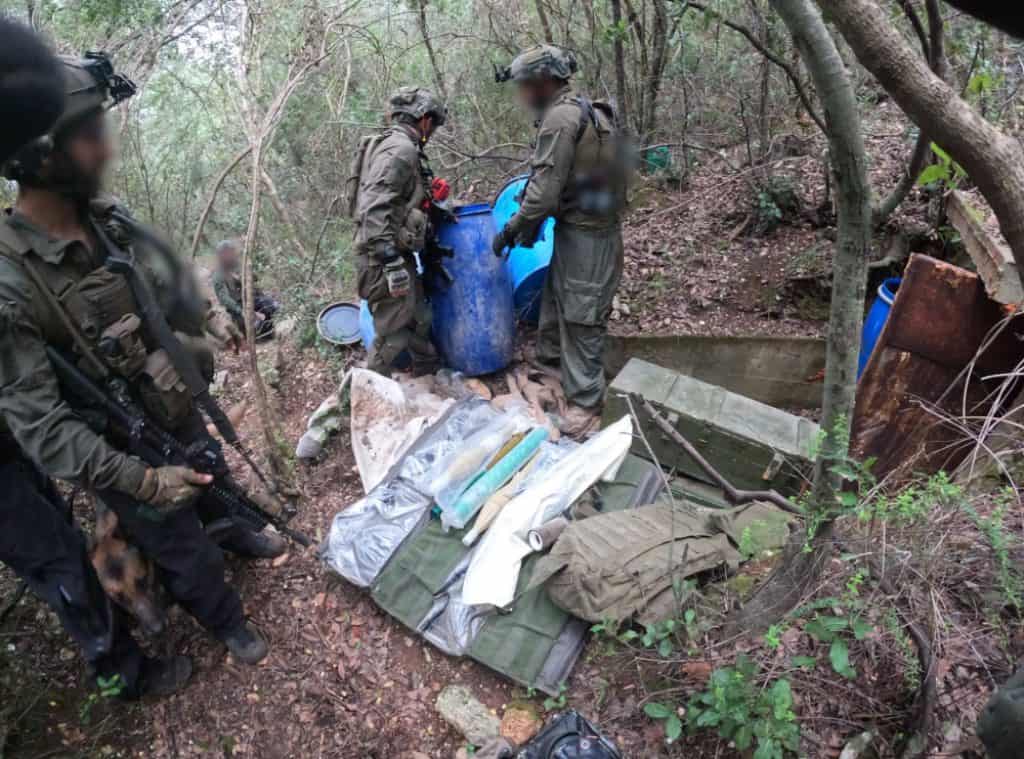
The Israel Defense Forces (IDF) began a ground operation targeting Hezbollah in southern Lebanon during the evening of September 30. The IDF described the initial incursion as “limited,” saying it was “localized and targeted ground raids based on precise intelligence against Hezbollah terrorist targets and infrastructure in southern Lebanon.” As Israeli troops moved into several areas near the border in southern Lebanon on October 1, Iran prepped 180 ballistic missiles to fire at Israel. By nightfall, Israelis were in bomb shelters, and the missiles struck several areas, killing one Palestinian in the West Bank.
The two events—a ground invasion of Lebanon and the Iranian ballistic missile attack—mark a potential turning point in almost a year of war. It is the second direct Iranian attack on Israel after one in April that involved around 170 drones and 120 ballistic missiles. The October 1 attack was limited to ballistic missiles, but Iran launched a greater quantity, many targeting Israel’s southern Nevatim Air Base.
The IDF has prepared for the ground operation for many months, and plans for the need to go into Lebanon to prevent Hezbollah threats likely go back years. Israel has fought in southern Lebanon several times in the past: once in a week-long operation in 1978, and then in a large invasion that reached Beirut in 1982. After withdrawing from southern Lebanon in 2000, the IDF fought Hezbollah in 2006 after the Iranian-backed group attacked an IDF patrol and kidnapped the bodies of two soldiers.
Hezbollah began rocket and missile attacks on Israel on October 8, 2023, a day after Hamas’s terrorist attack. Israeli Defense Minister Yoav Gallant urged an IDF strike on Hezbollah in October. However, Israel instead spent most of the year on the defensive in the north, only launching precise airstrikes against Hezbollah terrorist infrastructure. The IDF also prepared the way for a larger operation by launching 70 small covert operations in Lebanon during the 11 months of clashes.
On October 1, the IDF’s 98th Division was among the first forces to enter Lebanon. The division includes brigades of paratroopers and commandos and is accompanied by the 7th Armored Brigade. The 7th Armored is usually part of the IDF’s 36th Division, but it has served with the 98th in Gaza and now operates alongside it in Lebanon. “In recent weeks, the soldiers of the 98th Division, including soldiers from the Paratroopers, Commando and the 7th Brigades, have been preparing for limited, localized, targeted operations in southern Lebanon that began last night,” the IDF said. The IDF shared footage of the unit entering Lebanon, showing men placing gear on Humvees and driving at night.
The IDF has said that the initial operations focus on villages near the border. “The IDF is operating according to a methodical plan set out by the General Staff and the Northern Command which IDF soldiers have trained and prepared for in recent months,” Israel’s military said. Ground forces are backed by airstrikes and artillery firing from inside Israel.
During the initial advance in Lebanon, the Israeli Air Force continued to strike Hezbollah targets in Beirut. Hezbollah also launched barrages of rockets into Israel, some of which reached the center of the country. The IDF said that “a number of projectiles were identified crossing from Lebanon into Israeli territory, some of which were intercepted.”
On September 30, Israel had declared an area north of the city of Kiryat Shmona a closed military zone due to the pending operations. The IDF expanded this zone to another area of the border in the hill country of northern Galilee near the communities of Avivim on October 1. Israel also called on residents of two dozen villages in southern Lebanon to evacuate and head north of the Awali River. Some of these villages and towns, such as Maroun al-Ras and Bint Jbeil, are known areas used by Hezbollah, and Bint Jbeil was a scene of a major battle in the 2006 war.
In the afternoon of October 1, the IDF informed Israelis that “a short while ago, our partners in the United States informed us that they have identified that Iran is preparing to launch missiles towards the State of Israel imminently.” The Home Front Command called on Israelis to be close to their shelters, and around 7:30 pm, Israelis received emergency texts to enter their safe rooms. Waves of Iranian ballistic missiles soon appeared overhead.
“We have carried out a large number of interceptions. There were a few hits in the center and other areas in the south of the country. At this stage, we are still assessing the situation. We are not aware of any casualties; this is thanks to your responsible conduct,” the IDF said.
Israel worked closely with the US Air Force and US Central Command to confront the threat. Israel’s Arrow 2 and Arrow 3 air defense systems were responsible for intercepting the Iranian missiles. Some missiles fell in central and southern Israel, however, and the full extent of damage was not immediately reported. The Iranian regime claimed that the missile attack was in response to Israeli attacks. Iran has blamed Israel for killing Hamas leader Ismail Haniyeh in Tehran and condemned Israel for killing Hezbollah leader Hassan Nasrallah.
Although the Iranian ballistic missile attack may not have been timed to respond to Israel’s ground operation in Lebanon, the fact that both occurred on October 1 underscores the shifting nature of the war. A ground offensive in Lebanon, the first by Israel in 18 years, and another direct missile attack by Iran are potential turning points in the nearly year-long conflict that began with Hamas’s attack on Israel from Gaza.







